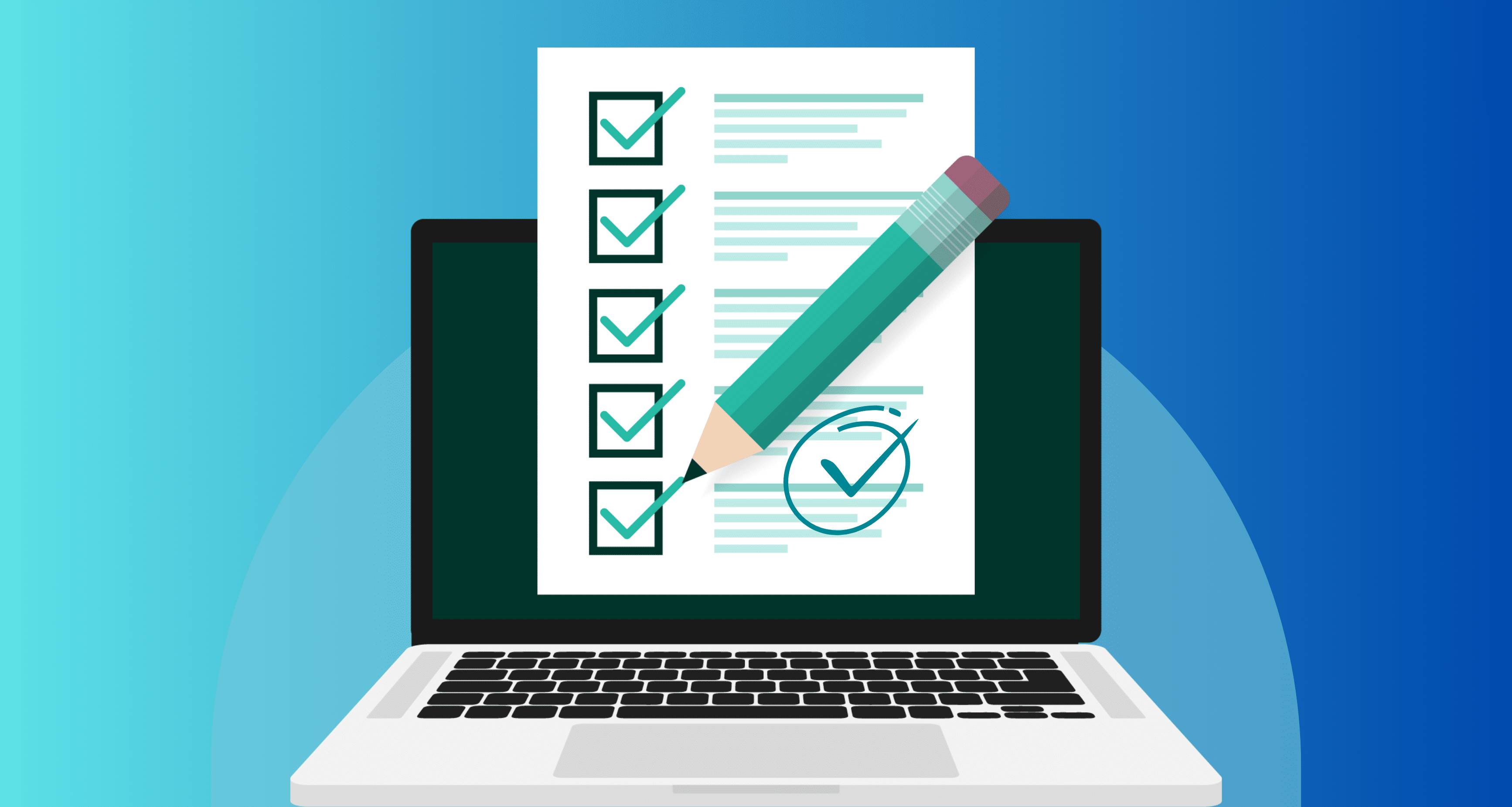
Data is constantly being shared and stored electronically, contributing to healthcare organizations’ significant challenges regarding safeguarding patient information. With increasing cyber threats and privacy breaches, ensuring the confidentiality and security of protected health information has become paramount. This is where a healthcare privacy risk assessment plays a crucial role.
Understanding Healthcare Privacy Risk Assessment: A Comprehensive Guide
A healthcare privacy risk assessment is a proactive approach taken by healthcare organizations to identify potential risks and vulnerabilities concerning the privacy of protected health information (PHI). It involves analyzing existing systems, policies & procedures, and technologies used within the organization to determine their effectiveness in safeguarding sensitive data.
By conducting a comprehensive assessment, healthcare providers can gain insights into potential weaknesses that may compromise patient privacy. This allows them to implement necessary measures and controls to mitigate these effectively.
The Importance of a Privacy Impact Assessment in Healthcare
Privacy is an essential component of any healthcare system. Patients trust medical professionals with their most intimate details, expecting this information to be kept private and confidential. However, with the increasing digitization of healthcare records and the prevalence of cyber threats, maintaining this trust has become more challenging than ever before.
This is where privacy impact assessments in healthcare come into play. By conducting regular assessments, organizations can:
1. Identify Vulnerabilities
A thorough examination of current practices helps pinpoint areas that pose significant risks to patient privacy. This includes assessing:
- Electronic Health Records (EHRs)
- Data Storage Methods
- Employee Access Protocols
- Third-Party Vendor Agreements
2. Prioritize
Once vulnerabilities are identified, healthcare providers can prioritize them based on severity and potential impact on patient privacy. This enables organizations to allocate resources efficiently toward addressing high-priority risks promptly.
3. Implement Mitigation Strategies
Armed with knowledge about potential risks and priorities, organizations can develop robust privacy safeguards. This can include:
- Implementing Encryption Technologies
- Enhancing Staff Training Programs
- Establishing Strict Access Controls to Protect Patient Data
4. Comply with Regulations
Privacy impact assessments in healthcare are essential for safeguarding patient information and compliance with regulatory frameworks such as the Health Insurance Portability and Accountability Act (HIPAA). By conducting these assessments, healthcare organizations can ensure they meet legal requirements and avoid costly penalties.
Privacy Impact Assessment Template in Healthcare
A privacy impact assessment template serves as a structured framework to guide healthcare providers through the assessment process. While templates may vary depending on the needs of the organization, they generally cover the following key areas.
1. Data Collection
Assess how patient data is collected, stored, and transmitted within the organization. This includes:
- Evaluating Consent Processes
- Data Retention Policies
- Security Measures
2. Data Access
Examine who has access to patient information and under what circumstances. Evaluate:
- User Permissions
- Authentication Protocols
- Audit Trails
These are used to ensure that only authorized individuals can view sensitive information.
3. Data Security
Analyze the security measures implemented by the organization to protect patient information from unauthorized access, disclosure, or breaches. This may involve assessing:
- Encryption Methods
- Firewalls
- Antivirus Software
- Disaster Recovery Plans
4. Third-Party Relationships
Consider any external parties with access to patient data or provide services related to its processing or storage. Evaluate contracts and agreements with third-party vendors to ensure adequate privacy protections are in place.
5. Risk Analysis
Conduct a risk assessment by identifying potential threats and vulnerabilities that could compromise patient privacy. Prioritize risks based on severity and likelihood of occurrence.
6. Mitigation Strategies
Develop an action plan detailing steps to address identified risks effectively. Assign responsibilities and establish timelines for implementing necessary controls.
How Compliancy Group Helps Organizations Privacy Risk Assessments in Healthcare
Compliancy Group offers comprehensive solutions to assist organizations in conducting their healthcare privacy risk assessment.
1. Guidance
Compliancy Group provides expert guidance through software and live support, making completing a risk assessment manageable. The Compliance Coaches work closely with organizations, helping them understand the process of completing their assessments.
2. Tailored Assessments
Compliancy Group understands that every organization is unique, so they tailor their assessments to meet specific needs. By considering factors such as size, resources, and industry-specific requirements, they ensure that the risk assessment accurately reflects an organization’s privacy risks.
3. Documentation Support
Conducting a risk assessment involves extensive documentation. Compliancy Group simplifies this process by providing templates and tools that help organizations organize and record their findings effectively. This documentation support ensures that organizations can easily demonstrate compliance during audits or when requested by regulatory bodies.
4. Ongoing Compliance Monitoring
After completing the initial risk assessment, Compliancy Group assists organizations in continuously monitoring their compliance status. We provide tools for tracking progress, identifying potential risks, and implementing corrective actions to maintain data privacy standards.
By offering expert guidance, tailored assessments, documentation support, and ongoing compliance monitoring, Compliancy Group helps organizations navigate the complex landscape of healthcare privacy risk assessments while ensuring adherence to regulatory requirements.









